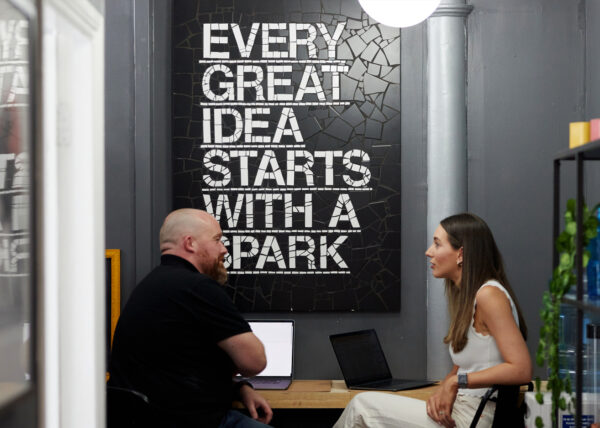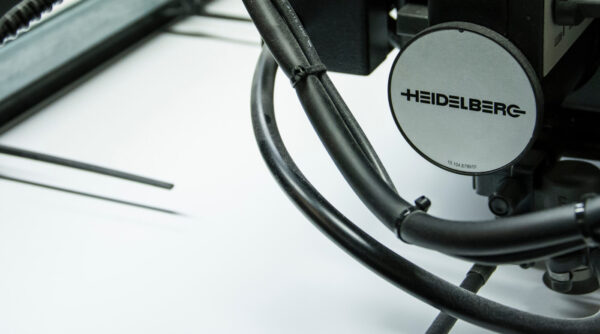
Academic vs Real World Design


University; a time for personal development, new friends, and preparation for the working world. Or so I thought.
The first two, in my experience are wholeheartedly true, and in most regards so is the latter. I could go on for days talking about the amazing opportunities and skills university has provided me with. However that’s not what makes an interesting article. What I want to talk about are the two vital tools that were absent from the teaching curriculum.
The first of the tools comes in the form of artworking. Not the type that would hang in the Tate modern, but the type that takes a creative’s design, and prepares it for printing. As a design student I’m no stranger to taking an idea from a decrepit sketch in my note pad through to a completed digital article in a crisp three hundred dots per inch.
However, during my first two years at university I’d never been introduced to the mystical process of artworking. The process that takes my digital article off of the computer screen and into the world of physical design. For all I knew, if you wanted an a4 printed doc you just had to ensure it was to a high enough resolution and CMYK… how naive of me.
Determined to amend this, artworking tasks have gradually been woven into my working schedule, from preparing fortune cookie packaging through to interpreting a German print specification. In turn, I am in the process of turning what was an absent skill into a tool at my disposal. A tool which is essential in adding that finally cherry to the top of the proverbial cake.
The tool of time is the second missing aspect of universities’ teaching that pulled the rug from underneath me during my first week at Spark.
During University we take on three major briefs per year. Briefs which on average fester for three months a pop, leaving two months of mindless deviation, exploring creative ideas and practising styles until you finally knuckle down and get the ball rolling in the last possible minute of the final month.
While I appreciate that the longevity of academia encourages exploration of creative styles and techniques, once you get to industry you finally realise the festering three month academic briefs were only preparing you to lose the battle of time. Time you don’t have to browse behance, delve into pinterest or mark up dribbble in preparation of a three hour brief. Being able to design on time, on brand and on budget is essential in the working world of design.
Obviously understanding these things only comes with experience. Experience which is only enhancing the value of my time at Spark. However, if I ever got the time to address my university’s curriculum I would ensure the marking criteria recognised the importance of artworking while at the same time increasing the frequency of design briefs to better match that of the fast lane the creative industry works in.
James Betts – Junior Designer